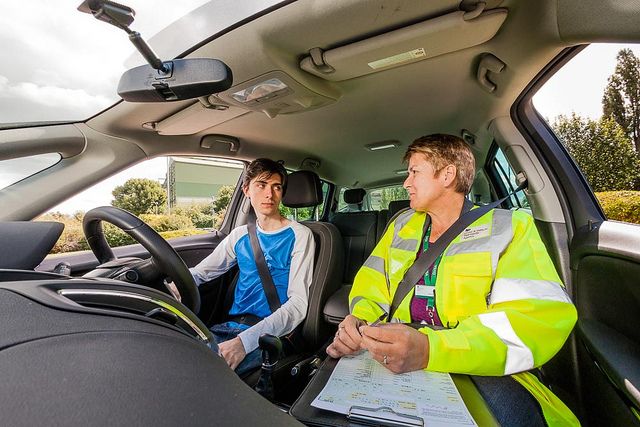ADI Part 2 Training Telford
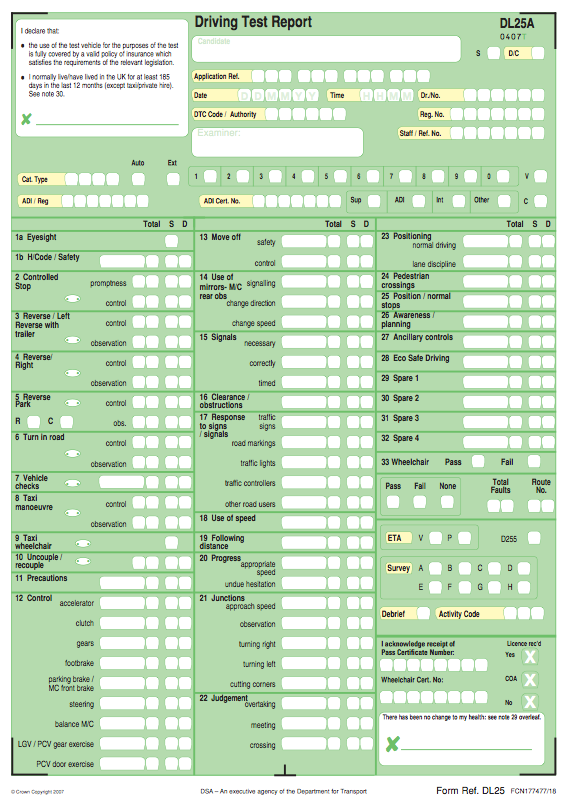
ADI Part 2 Traininig Telford
Although the ADI Part 2 marking sheet has gone digital - The examiner simply marks it on their Ipad. On the ADI Part 2 exam the examiner will mark your driving faults on the test report form ADI25. The system of marking is very similar to that for the L test, except that the assessment of faults is to a higher standard.
On the ADI Part 2 training Telford A relatively minor error is regarded as a driving fault, If you have a maximum of six driving faults and no serious or dangerous faults – during a drive of about 60 minutes – you will pass the ADI Part 2 exam.
With seven or more driving faults or with any single serious or dangerous fault you will fail.
In contrast, on the learner test, candidates are allowed a maximum of 15 driving faults and no serious or dangerous faults.
The manoeuvres for the ADI Part 2 exam are exactly the same as those for the learner driving test. The only difference is that the Examiner will want to see a much higher standard of skill than required for a learner test.
The result is given to you at the end of the test.
ADI Part 2 Telford Ancillary Controls
You need to show you can use the car’s secondary features and controls and know when to use them. This includes things like windscreen wipers, and heating.
You need to show you can use these while driving, without losing control of the car.
Examples of faults
Some of the most common faults for this area include:
- not turning on the windscreen wipers when it starts to rain
- losing control of the car when using one of the controls
- not using the demisters to clear the front windscreen when needed


Awareness and Planning
You need to show you can:
- anticipate other road users’ actions and potential hazards
- react in good time, not at the last minute
You should be extra careful around more vulnerable road users. This includes:
- motorcyclists
- cyclists
- horse riders
- pedestrians
Examples of faults
Some of the most common faults for this area include:
- not anticipating or showing awareness of the actions of cyclists and other vulnerable road users
- not anticipating or showing awareness of other road users
- pulling up behind a queue of parked vehicles
- not anticipating that pedestrians are about to cross the road at any time
Clearance to Obstructions
You need to keep a safe amount of distance when passing other road users, stationary vehicles or hazards - at least one metre when possible.
Examples of faults
Some of the most common faults for this area include:
- being too close to a vehicle when passing, even though the road allows for more space
- moving back in too soon after passing the vehicle or hazard
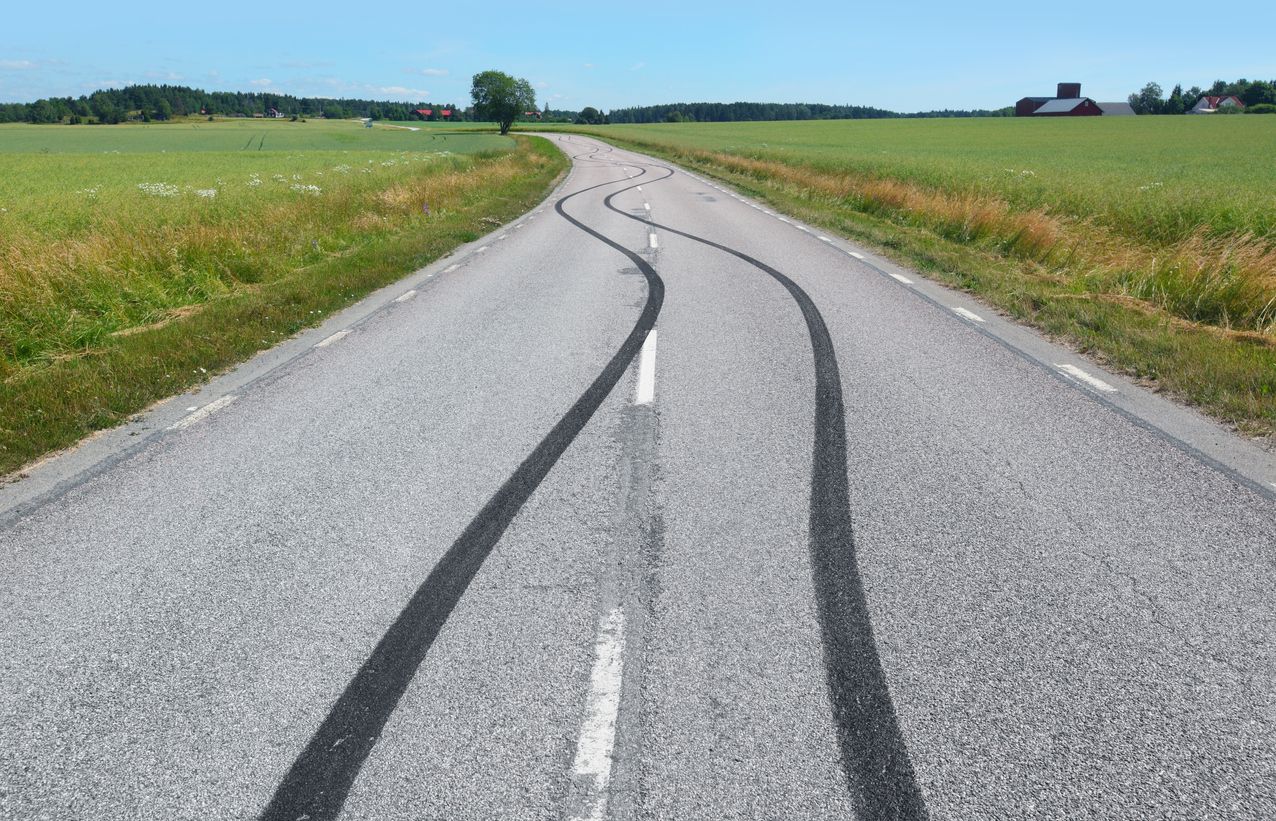
Control
You need to show you can use all the car’s primary controls smoothly and at the correct time. This includes the:
- accelerator
- clutch
- gears
- brake
- handbrake or parking brake
- steering
Your examiner will have monitored this throughout the test.
Examples of faults
Some of the most common faults for this area include:
- over-steering when making a turn, and mounting the kerb
- keeping the clutch pedal held down (coasting) reducing your control of the car
- selecting the wrong gear causing a sudden reduction in your speed, forcing vehicles behind you to slow down
- pressing the brake too hard, or not hard enough
ADI Part 2 TRaining Telford - Controlled Stop
You are marked on how you reacted to the examiner’s signal to stop and your control of the car while stopping.
When the examiner asks you, you needed to safely bring the car to a stop. You should do this without locking the wheels and losing control of the car.
Examples of faults
Some of the most common faults for this area include:
- reacting too slowly when asked to stop
- locking the wheels causing a skid, particularly for cars without an anti-lock braking system (ABS)
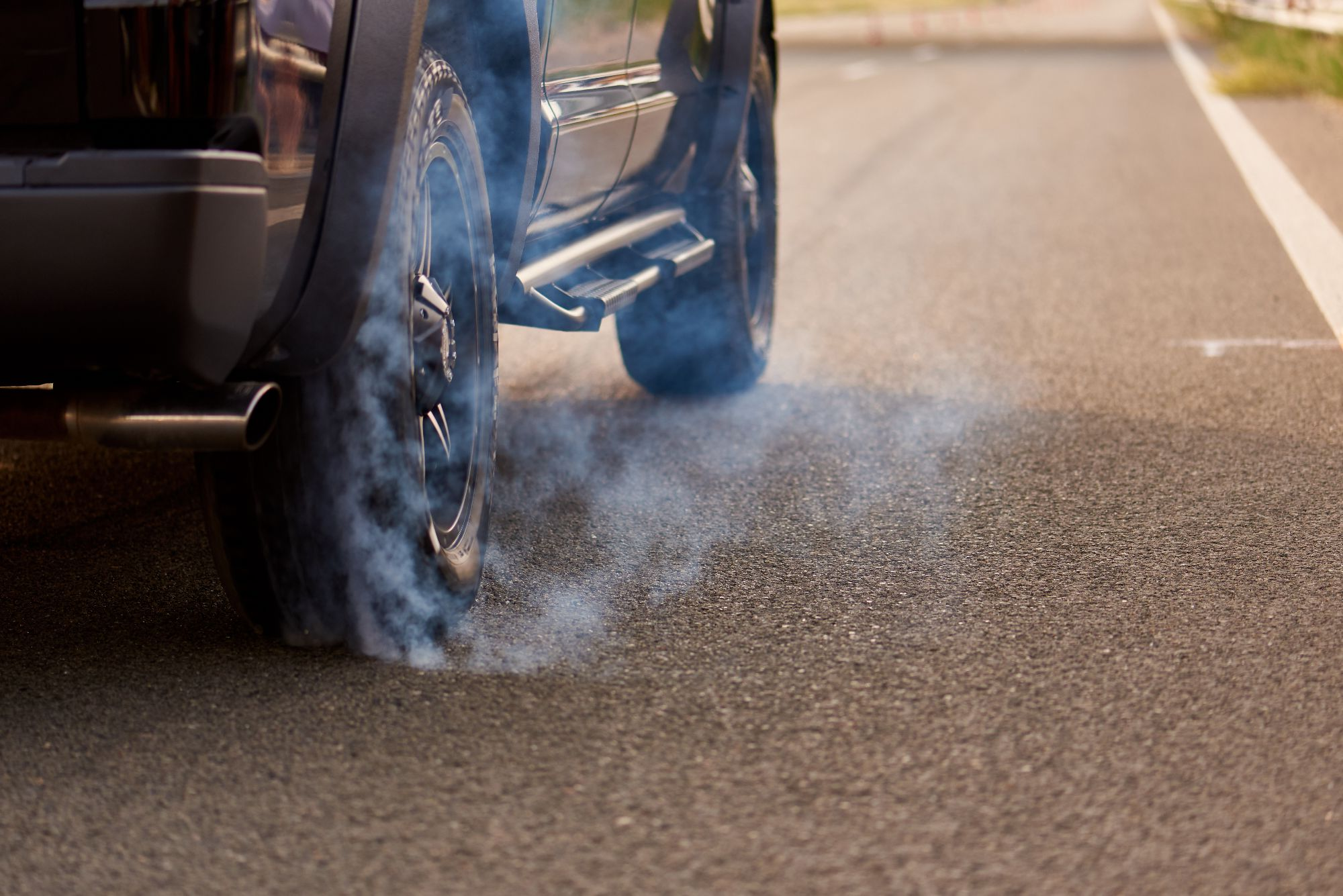
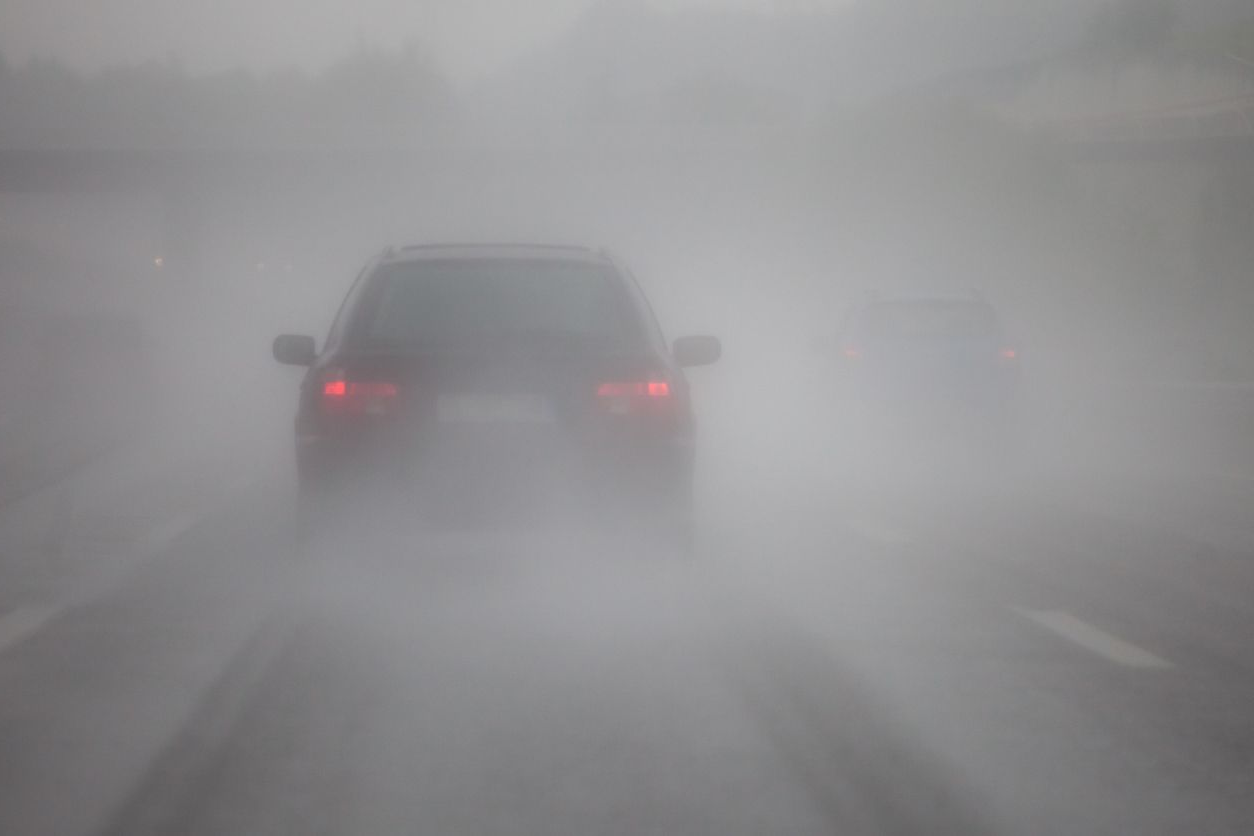
Following At A Safe Distance
You need to keep a safe distance when driving behind other road users.
Your distance from the vehicle in front should be appropriate for the conditions of the road.
Examples of faults
Some of the most common faults for this area include:
- driving too close to the vehicle in front
- not adjusting your distance when there is bad weather, such as rain, ice or fog
Forward Bay Park
You are marked on:
- control - your ability to control the car
- observation - your observation of your surroundings when parking
You should park your car in a designated space, then reverse out. Your car should be straight and central within the space.
You should be checking your surroundings throughout, proceeding only when it was safe to do so.
Examples of faults
Some of the most common faults for this area include:
- not being positioned within the lines, and not attempting to correct position
- steering too closely to vehicle in the next bay
- not making effective all round observations when reversing out
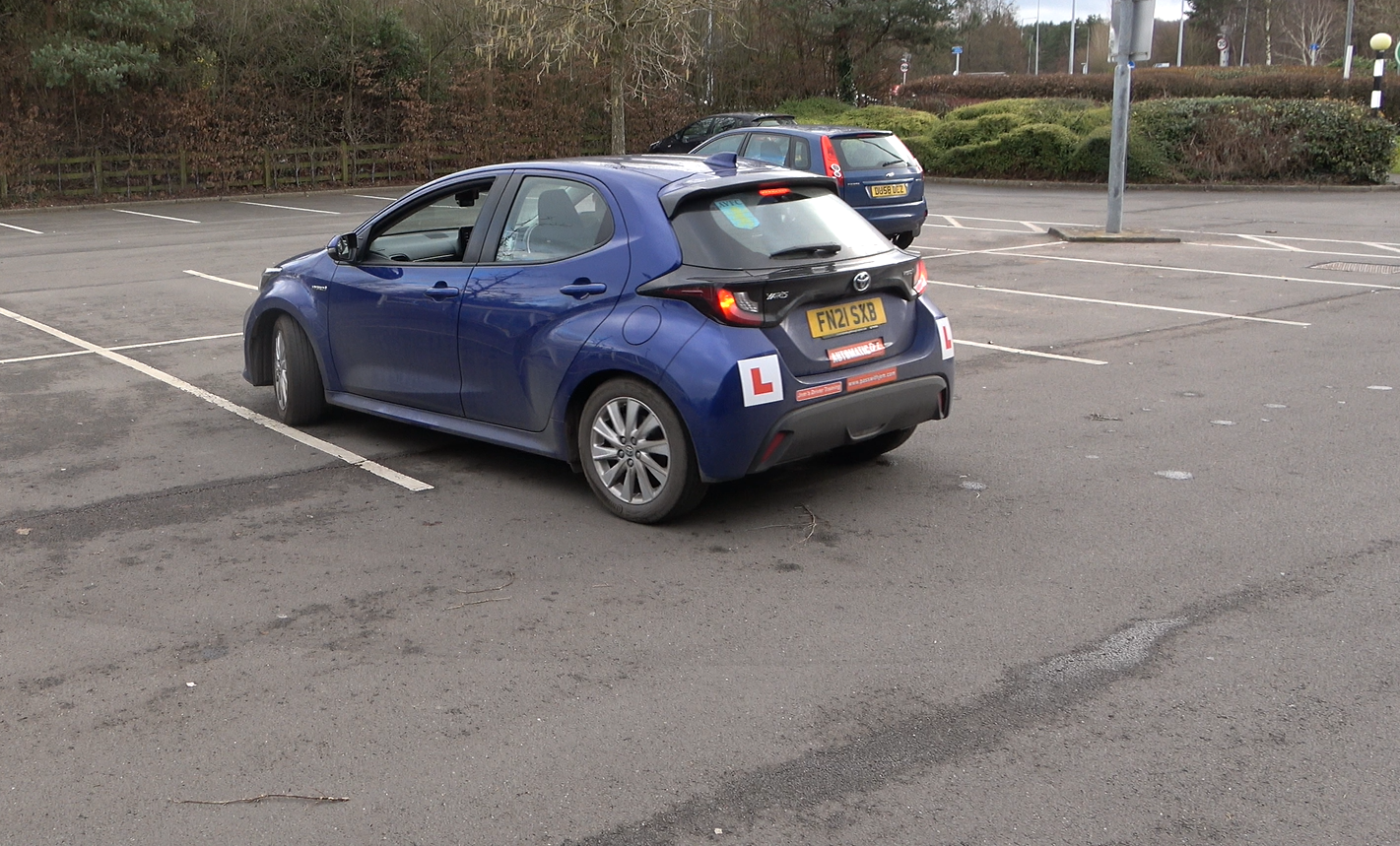

Fuel Efficient Driving (Eco Driving)
The examiner assesses your ability to drive with economy and the environment in mind throughout the test. However, this assessment does not affect the overall result of the test.
You need to:
- plan well ahead to avoid unnecessary stopping
- choose appropriate gears
- avoid heavy braking
- avoid over-revving the engine
If you had to stop for a long period, such as at roadworks or railway crossings, you should consider stopping the engine to reduce pollution and save fuel.
Your examiner will have explained how fuel-efficient your driving was.
Judgement - Overtaking/meeting/crossing
You are marked on:
- overtaking
- meeting
- crossing
You need to show good judgement when overtaking, meeting and crossing other road users, such as knowing when to proceed, and when to wait for a safer opportunity.
You need to make your intentions clear, and understand the intentions of the other road users.
Examples of faults
Some of the most common faults for this area include:
- not giving way to road users that have priority
- reacting late when meeting an approaching vehicle
- being too close to a cyclist when overtaking
- crossing the path of an oncoming vehicle when turning right

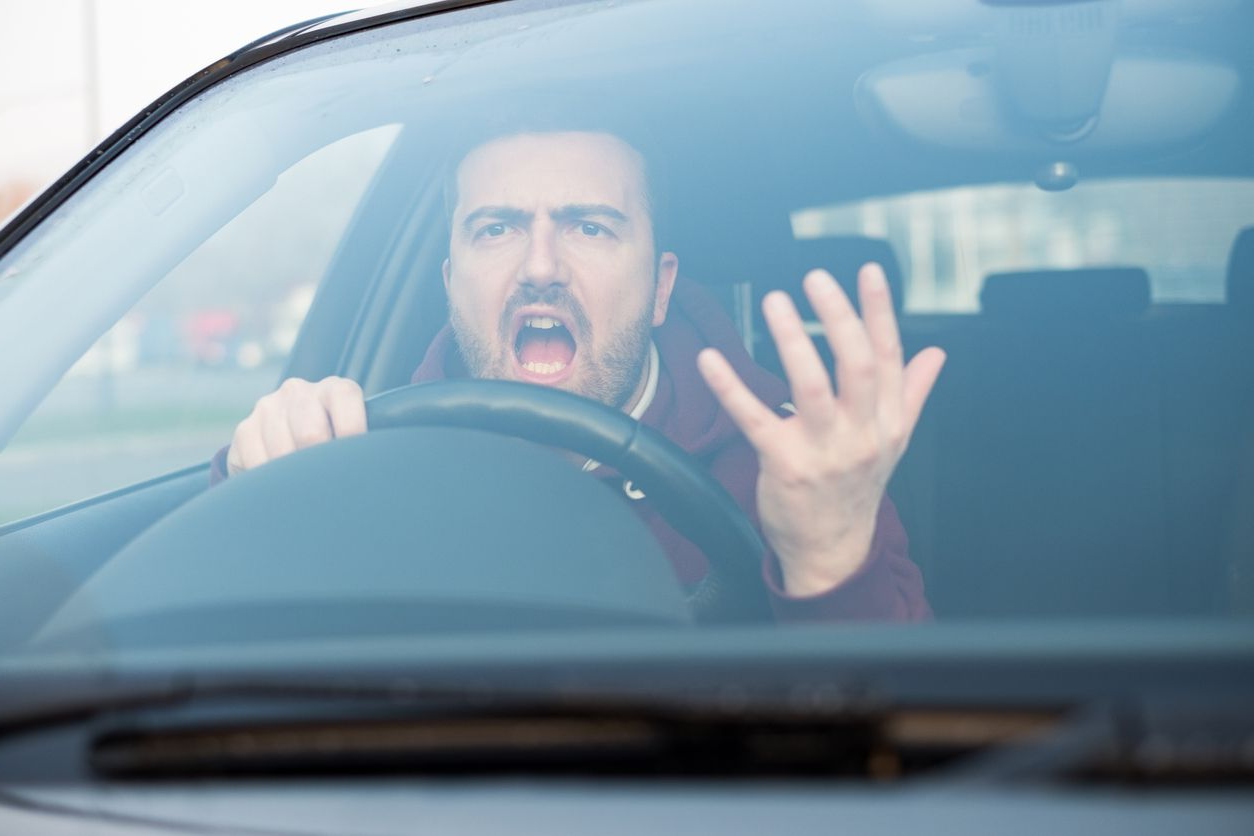
Junctions Including Roundabouts
You are marked on:
- approach speed - your ability to approach junctions at an appropriate speed
- observation - your effective observation and judgement of your surroundings
- turning right - your position when turning right
- turning left - your position when turning left
- cutting corners - your ability to avoid cutting corners when turning
You need to show you can drive through junctions safely. You need to have observed your surroundings, made your intentions clear, followed road signs and signals, and properly controlled the car.
Examples of faults
Some of the most common faults for this area include:
- incorrectly judging the speed of an oncoming vehicle, forcing it to slow down when emerging from a junction
- not checking for other road users when emerging from a slip road, onto a dual carriageway
- being positioned too far to the left when turning right onto a minor road, holding up vehicles behind you
- approaching a junction too fast, making it difficult to make observations
Moving Off
You are marked on:
- control - your ability to control the car
- safety - your ability to perform this action safely
You need to show you could move off safely and under control throughout your test. This included:
- from the side of the road
- on a slope or hill (gradient)
- from behind a parked vehicle, so you have to move off at an angle
- at junctions
You should use your mirrors and checked blind spots to observe your surroundings, and signalled when necessary. Your control of the car should prevent it from rolling backwards or stalling.
Examples of faults
Some of the most common faults for this area include:
- trying to move off without appropriate control and rolling back
- not properly checking your blind spots
- moving off into the path of an oncoming vehicle
- repeatedly stalling when moving off throughout your test


Pedestrian Crossings
You needto recognise each type of pedestrian crossing and react correctly to each type
Examples of faults
Some of the most common faults for this area include:
- stopping on a crossing (not before)
- moving off before a pedestrian has completely cleared the crossing
- approaching a crossing too fast
- failing to stop at a crossing
Position and Normal Stops
When asked to by your examiner, you need to pull up and stop at a safe place on the side of the road. This needs to be done in the first safe place available.
When parked, your car should not be a hazard to other road users.
Examples of faults
Some of the most common faults for this area include:
- partially or completely blocking a driveway
- obstructing other road users
- parking with one or more wheels on the kerb
- parking too far from the kerb
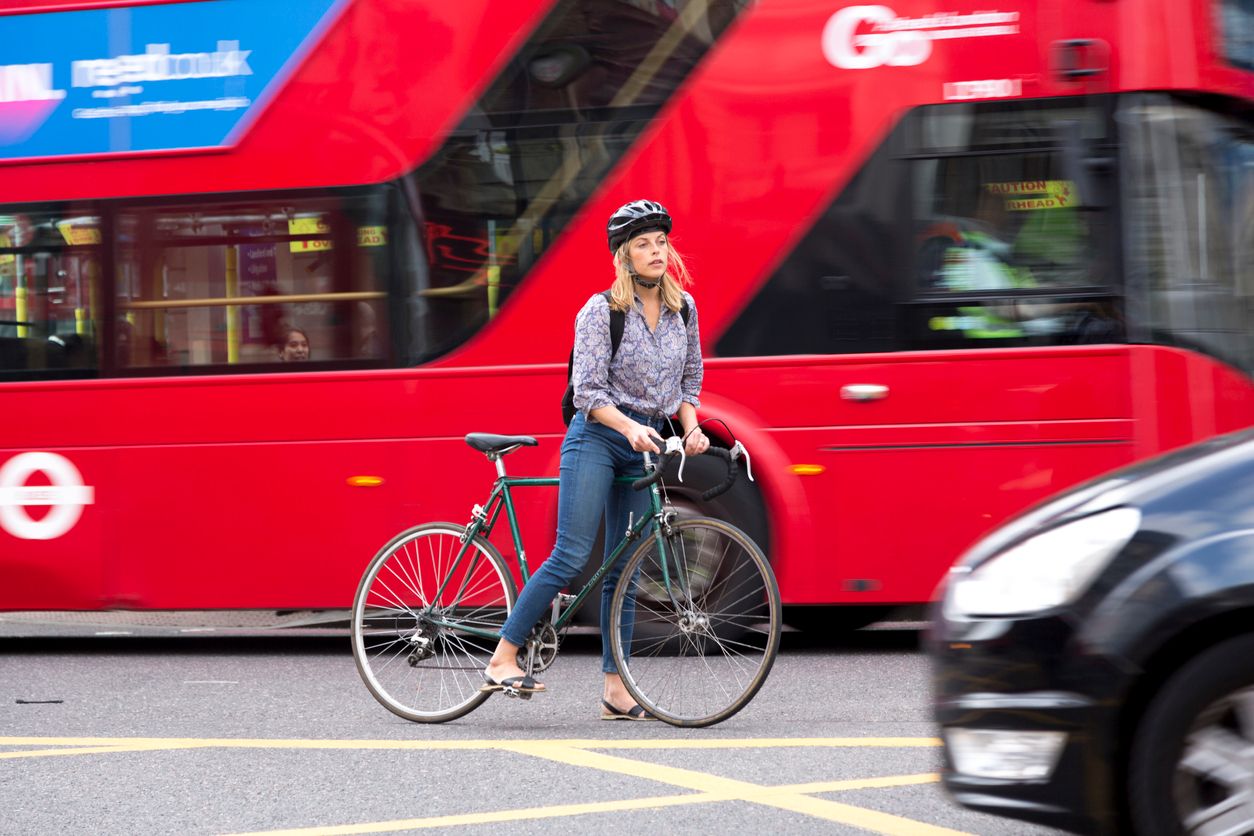
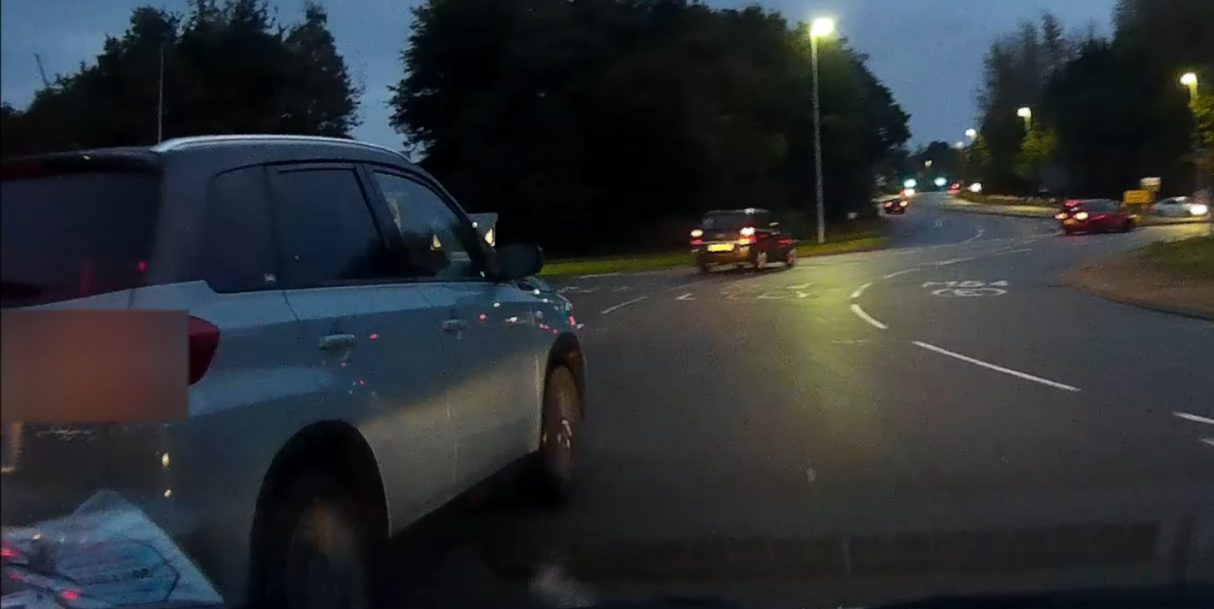
Positioning
You are marked on:
- normal driving - your position of the car when driving such as not driving too close to the kerb or lines
- lane discipline - your ability to maintain your position within the lane
You need to show you can keep your car correctly positioned on the road, staying within the correct lane, without driving too close to the lines.
Examples of faults
Some of the most common faults for this area include:
- driving too close to the kerb, putting pedestrians at risk
- driving too close to the centre of the road, putting other road users at risk
- driving for too long in the right hand lane of a dual carriageway, for no reason
- straddling lanes causing issues for other road users
Progress
You are marked on:
- appropriate speed - your ability to drive at an appropriate speed for the road and traffic conditions
- undue hesitation - your ability to maintain progress, and not hesitate and slow down when you did not need to
You should have driven at a speed appropriate for the road and traffic conditions, without holding up other road users.
Some of the most common faults for this area include:
- not emerging from a junction when it is safe to do so
- driving too slow unnecessarily, holding up following traffic
- driving well below the speed limit on clear roads
- waiting unecessairly for another road user to pass who has clearly given way to you


Precautions
Before you start driving, you should have performed a few safety checks. This includes making sure:
- your seat is positioned correctly and you can reach all the controls
- your mirrors are positioned correctly
- all doors are shut
- the handbrake or parking brake is on
- the gear is in neutral
Examples of faults
Some of the most common faults for this area include:
- starting the car with the gear not in neutral
- adjusting seat or mirrors while driving
Response To Road Signs and Markings
You should have recognised and reacted correctly to signs and signals on the road. This included:
- road signs
- road markings
- traffic lights
- traffic controllers
- other road users
Examples of faults
Some of the most common faults for this area include:
- taking up space meant for cyclists when stopping at a red traffic light
- reacting late or not at all to a speed limit change sign
- not stopping at a compulsory stop sign
- driving in a bus lane when sign says you should not
- driving in an incorrect lane that was clearly marked
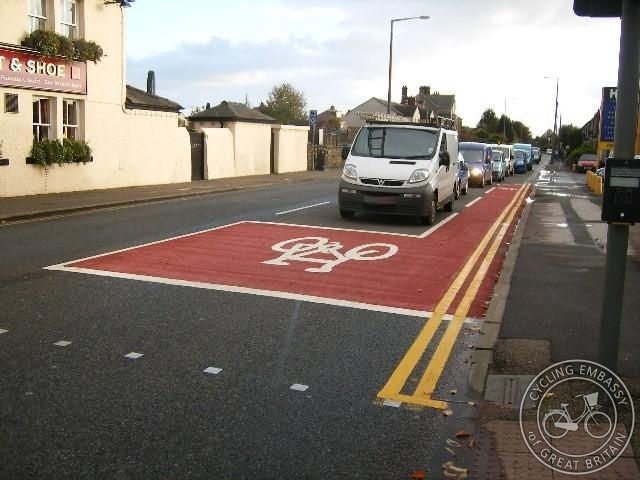
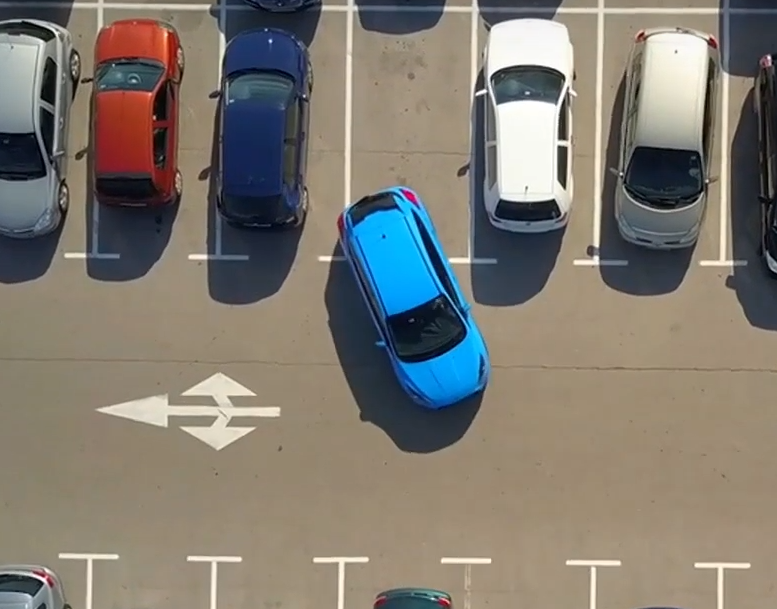
Reverse Park
You are marked on:
- control - your ability to control the car while reversing
- observation - your ability to check your surroundings for other road users or hazards while parking
Your examiner will have asked you to either:
- reverse park into a space on the side of the road, behind another car - you should have been within 2 car lengths of the vehicle in front, and parallel to the kerb
- reverse into a parking bay, then drive out - you should have been straight and central with in the space before exiting
Examples of faults
Some of the most common faults for this area include:
- having to reposition the car a lot, due to poor control
- touching or driving over the pavement
- not taking all round effective observations
- not finishing within the marked bay
Pull up on the Right
You were marked on:
- control - your ability to control the car when reversing
- observation - your ability to check your surroundings for other road users or hazards
You needed to pull up on the right hand side of the road, and reverse for 2 car lengths. You should have remained reasonably close to the kerb, without touching it.
Examples of faults
Some of the most common faults for this area include:
- not being aware of a hazard or other road user when reversing
- relying on just the mirrors to check surroundings
- touching or driving onto the kerb
- not judging oncoming traffic safely when moving across to the right
- being too far from the kerb when parked
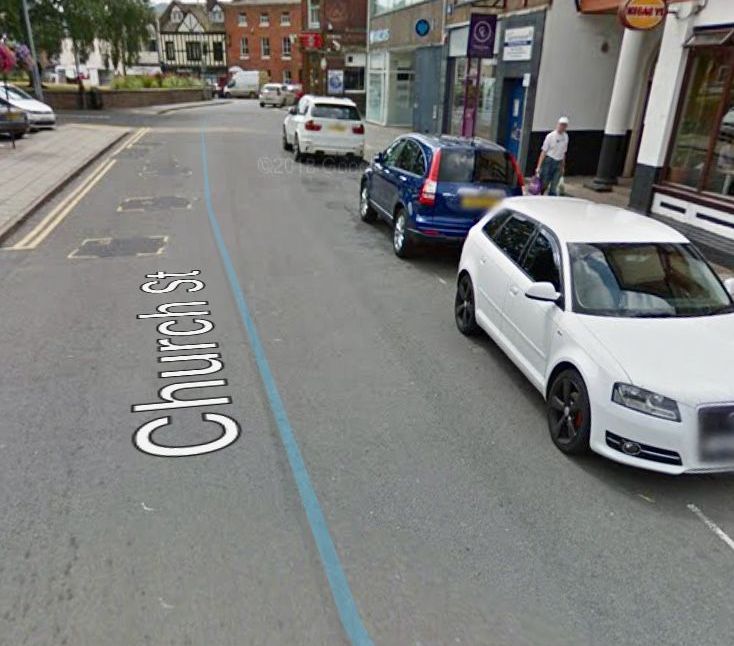
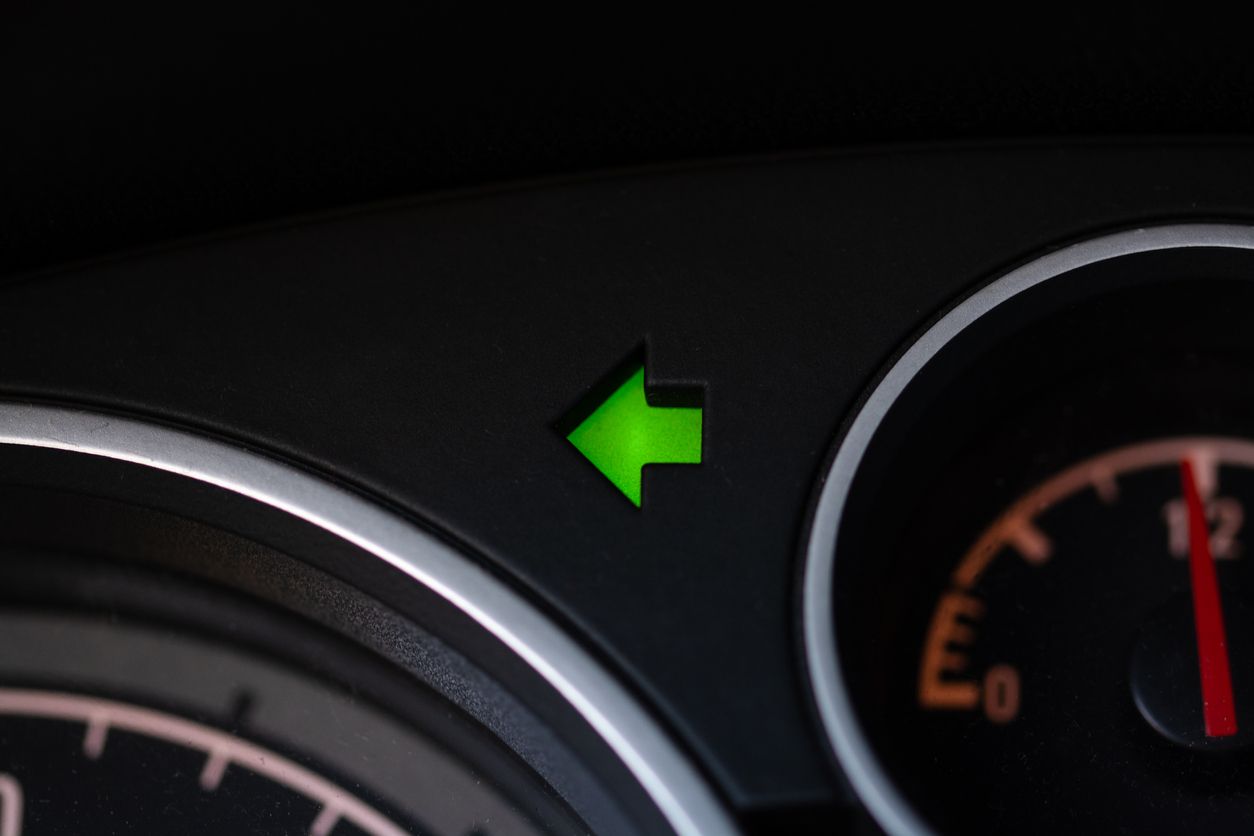
Signals
You were marked on:
- necessary - your ability to use signals when you needed to
- correctly - your ability to use the correct signals
- timed - your ability to use signals that are not too late or too early
Throughout the test, you should have used appropriate signals to let everyone around know what you were about to do. This should have been done in good time.
Examples of faults
Some of the most common faults for this area include:
- signalling left or right, but not turning
- signalling right at a roundabout when you want to go ahead
- signalling too late for the signal to be effective
Use of Mirrors
You needed to show you can use them at the correct time, some situations where you needed to use mirrors include:
- signalling
- changing direction or lanes
- changing speed
Your examiner will monitor this throughout your test.
Examples of faults
Some of the most common faults for this area include:
- checking mirrors after or at the same time as signalling
- changing lanes on a roundabout without checking your mirrors effectively
- trying to change lanes on a dual carriageway without checking your mirrors effectively
- pulling up at the side of the road without signalling to following traffic when appropriate
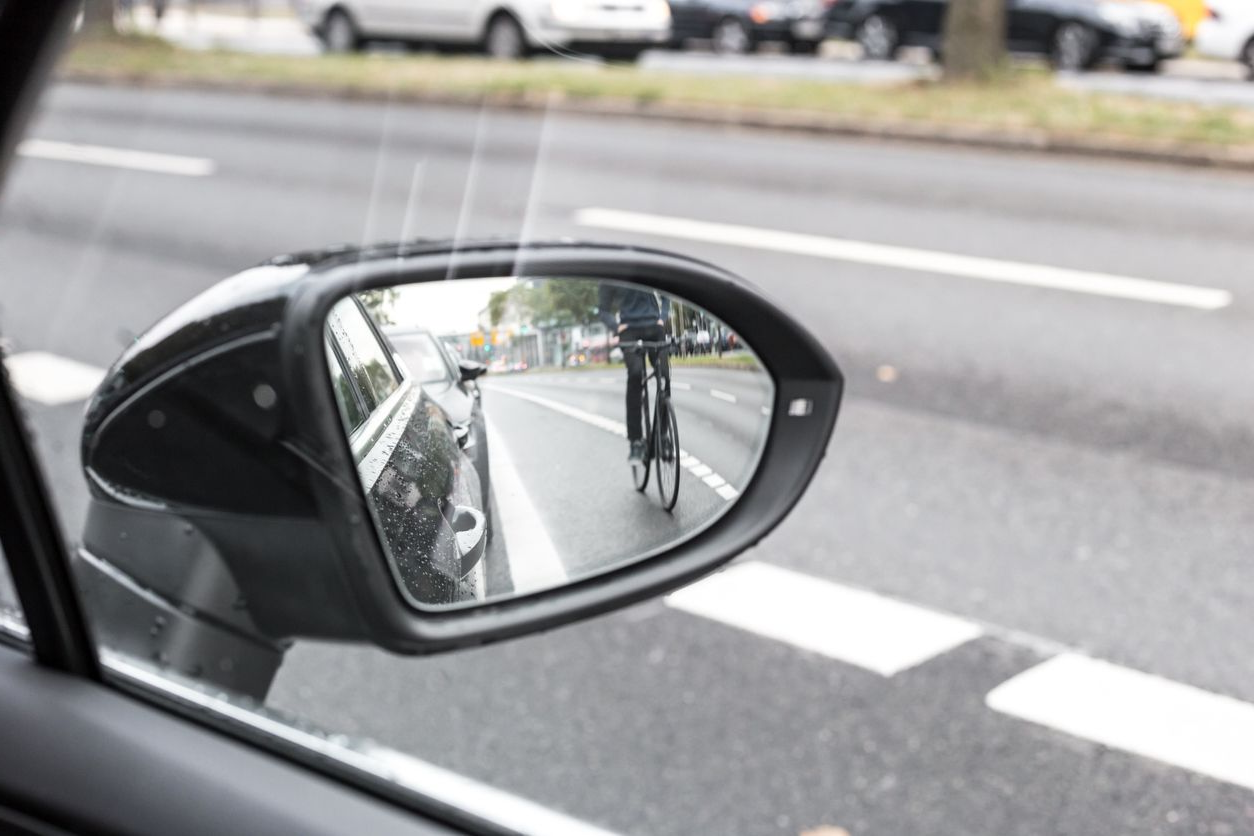
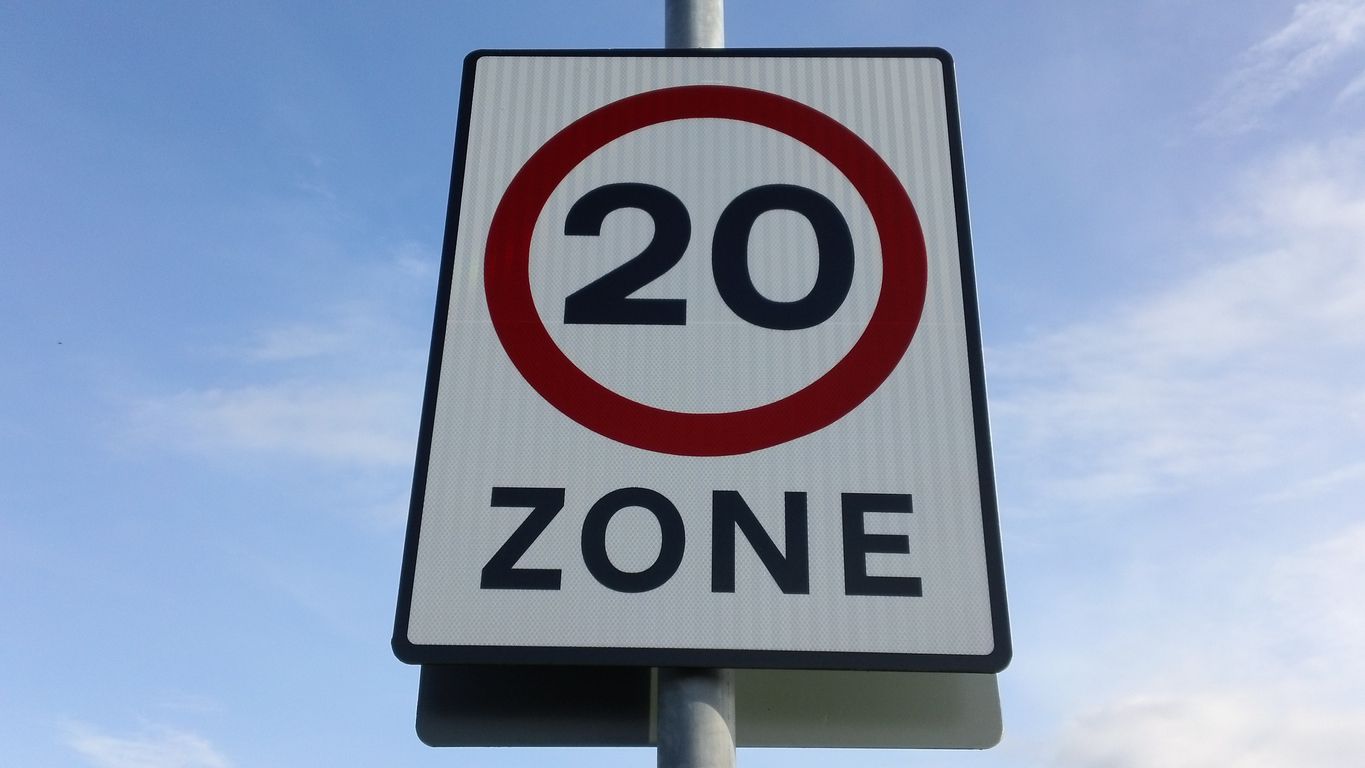
Use of Speed
You needed to show you can drive at a safe and reasonable speed when appropriate. Your examiner will have assessed this throughout your test.
You should have taken into consideration the conditions of the road, the amount of traffic, road signs and signals, and the speed limit. You should have been driving at a speed where you could stop safely, well within the distance you could see to be clear.
Examples of faults
Some of the most common faults for this area include:
- driving over the speed limit
- not adjusting your speed to road conditions
Vehicle Checks (Show me/Tell me)
You will be asked 5 vehicle safety questions during your test.
The examiner will have asked you:
- 3 ‘tell me’ questions (where you explain how you’d carry out a safety task) at the start of your test, before you start driving
- 2 ‘show me’ questions (where you show how you’d carry out a safety task) while you’re driving
Examples of faults
You will have been given a driving fault for every incorrect answer.
You will have been given a serious fault if you answered all 5 questions incorrectly, or lost control of the vehicle when answering a ‘show me’ question.
